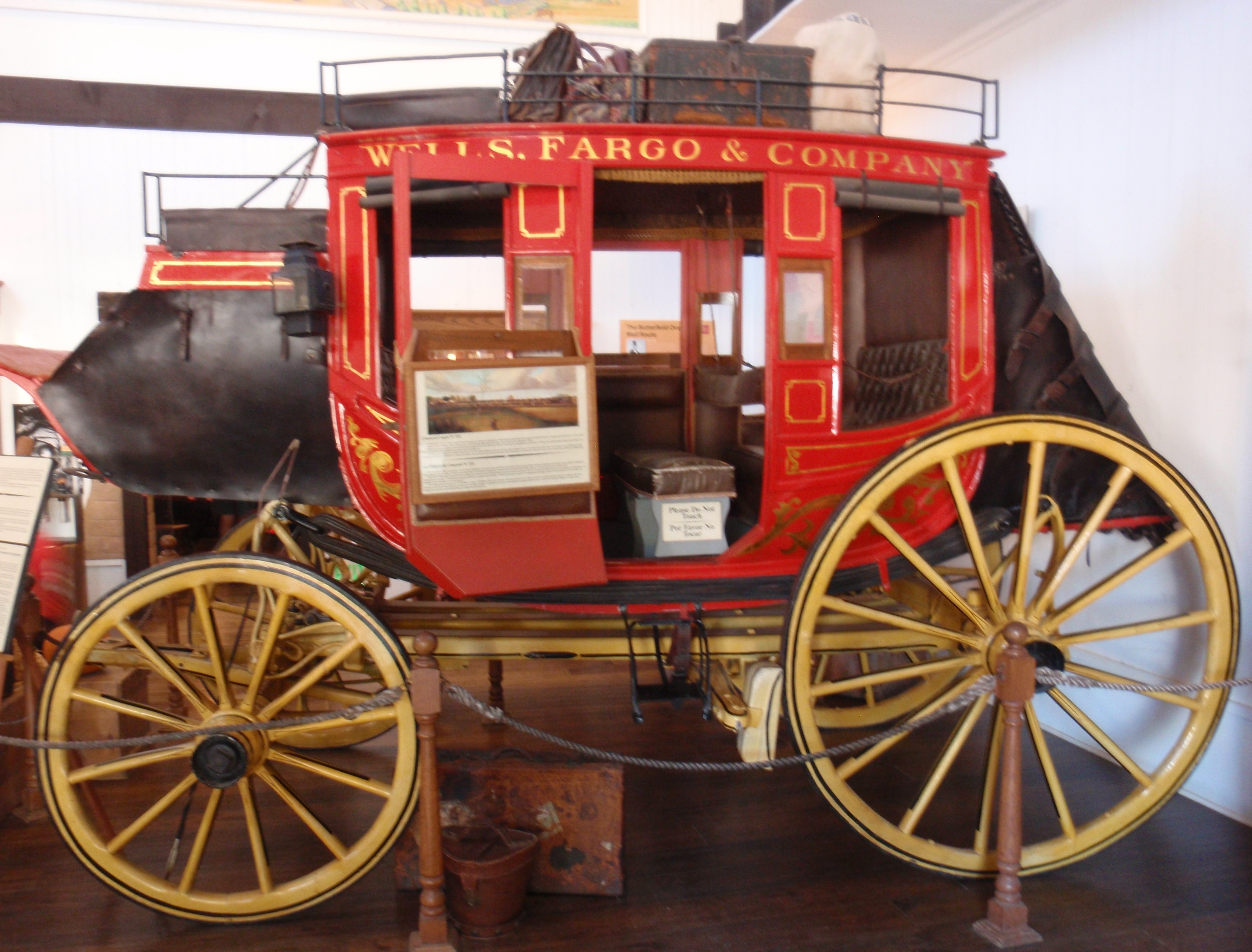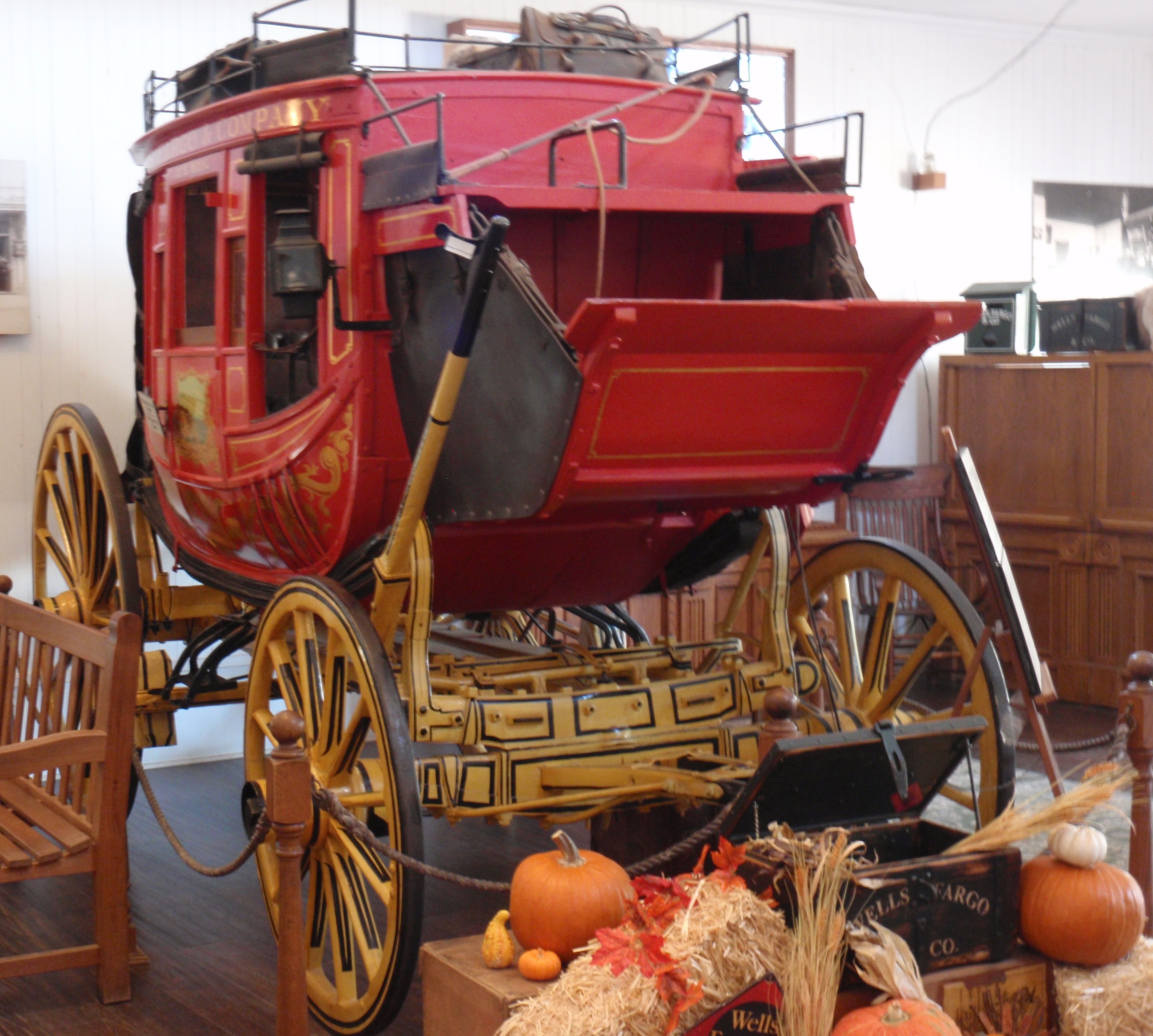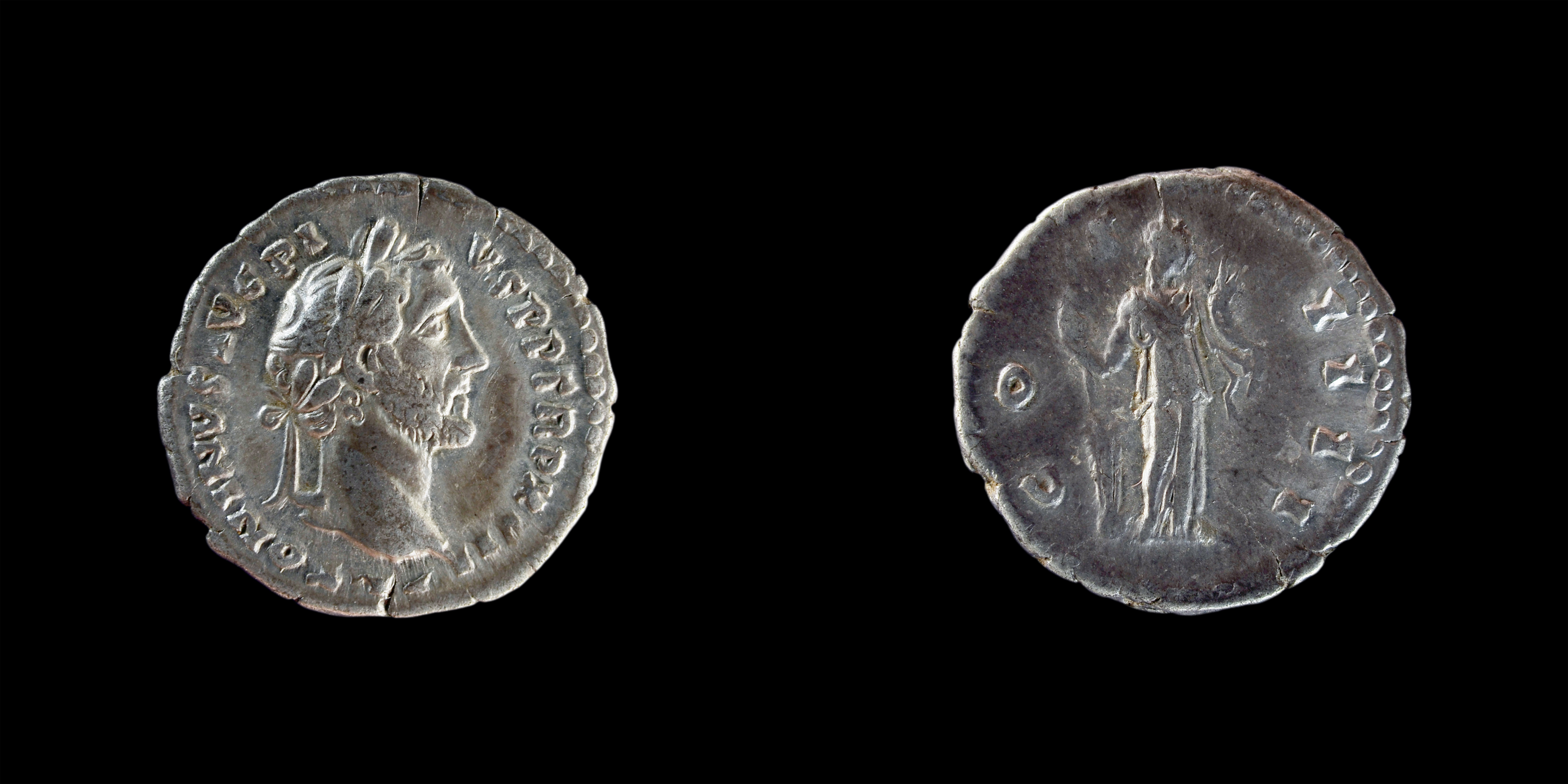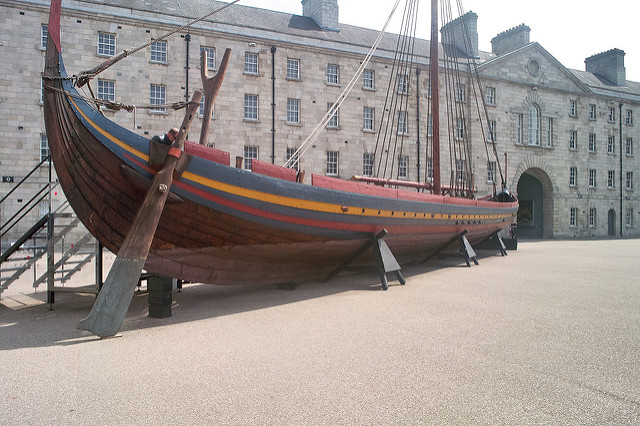Who picked up the bill for our freedom?

For our freedom, I offer up a humble thank you to all who have gone before standing endless watch, slogging through the jungle mud, freezing in a foxhole, shooting Nazis with a machine gun at 30,000 feet, doing yet another round of dreary maintenance, brought home a life-long injury, or paying the ultimate price fighting to defeat the Confederacy.
Because of millions who did what had to be done, I can say what I wish without fear of being thrown in jail.
It seems so insufficient, but I’ll say it anyway – – Thanks.
“It is the soldier, not the reporter,
who has given us freedom of the press.
It is the soldier, not the poet,
who has given us freedom of speech.
It is the soldier, not the campus organizer,
who has given us the freedom to demonstrate.
It is the soldier, who salutes the flag, who serves beneath the flag and whose coffin is draped by the flag,
who allows the protester to burn the flag.”

Who picked up the bill for our freedom? Read More »













